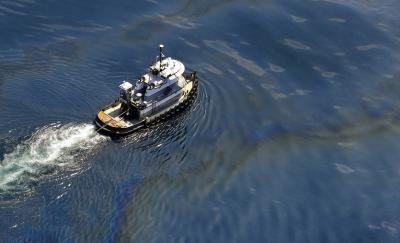Authors
Leland C. Moss, Abt Global; Tim J. B. Carruthers, Erin P. Kiskaddon, Melissa M. Baustian, and Kelly M. Darnell, Water Institute of the Gulf; Carey L. Perry, Coalition to Restore Coastal Louisiana; Camille Stagg, U.S. Geological Survey
Coastal Louisiana contains approximately 37 percent of all estuarine herbaceous wetlands in the contiguous United States, which provide valuable ecosystem services, including fisheries, carbon sequestration, wave attenuation, and storm surge reduction. All of these benefits are at risk, however, as the region is a hotspot for habitat change and rapid land loss (42.9 km2 per year) due to multiple factors, including hurricane disturbance and significant land use change. Despite catastrophic losses, the article notes that the loss of coastal wetlands creates shallow open water that still has high potential habitat value for many natural resources, and these benefits should be accounted for. Similarly, demonstrating the multiple natural and social resource benefits from coastal restoration can help optimize the implementation of other Gulf of Mexico restoration programs. The authors compared the habitat value of shallow open water areas to that of emergent wetland, finding that restoration planning based primarily on wetland land area may not achieve the maximum possible ecosystem benefits.


